Chicago, IL 60601
FREE CONSULTATIONS 312-462-4200
TOLL FREE 833-462-4200
Recent Blog Posts
If Medical Negligence Leads to a Hysterectomy, Can I Sue?
 Sometimes, mistakes can be corrected. Medical errors are often more serious, but some of those can be remedied with proper treatment. A hysterectomy prevents a woman from ever giving birth to more children, and it is irreversible. While some hysterectomies are medically necessary through no fault of your physician, others result from medical negligence.
Sometimes, mistakes can be corrected. Medical errors are often more serious, but some of those can be remedied with proper treatment. A hysterectomy prevents a woman from ever giving birth to more children, and it is irreversible. While some hysterectomies are medically necessary through no fault of your physician, others result from medical negligence.
Along with the expenses and physical pain from this surgical procedure, patients can also suffer emotionally. Your eligible damages will probably be quite high, but that does not mean you will receive everything you are entitled to from the insurer. When you choose one of our dedicated Cook County, IL maternal injury lawyers, we will fight on your behalf to recover the maximum amount of available compensation.
When Might a Hysterectomy Be Indicated?
Many conditions that do not involve medical negligence can indicate the need for a woman’s uterus to be removed through a surgical or laparoscopic hysterectomy. Ovaries and the cervix are often removed, as well. For example, endometriosis, cancer, fibroid tumors, uterine prolapse, and chronic pain or bleeding sometimes require a partial or full hysterectomy. However, providers can also make medical errors that make an unwanted hysterectomy necessary. These negligent errors include:
Can a CP Birth Injury Case Cover Adaptive Equipment?
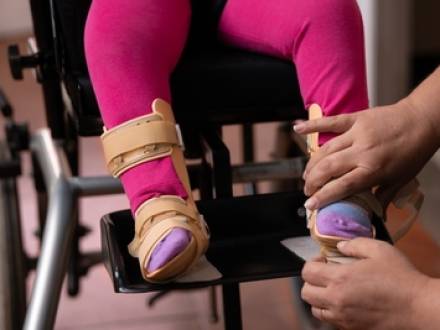 As the most common childhood motor disability, cerebral palsy(CP) is a brain disorder that affects muscle control. It can cause speech, vision, intellectual, and hearing impairments. Although some cases of CP are genetic, others result from birth injuries and are, therefore, preventable. While the symptoms differ and can change throughout life, there is no cure for cerebral palsy.
As the most common childhood motor disability, cerebral palsy(CP) is a brain disorder that affects muscle control. It can cause speech, vision, intellectual, and hearing impairments. Although some cases of CP are genetic, others result from birth injuries and are, therefore, preventable. While the symptoms differ and can change throughout life, there is no cure for cerebral palsy.
Various adaptive equipment and technologies may be required to help those with CP. The costs of these aids can be extremely high, but if your child’s CP resulted from negligent medical care, a skilled Chicago, IL birth injuries lawyer can help you seek monetary compensation.
Do Missed Developmental Milestones Indicate Birth Injury?
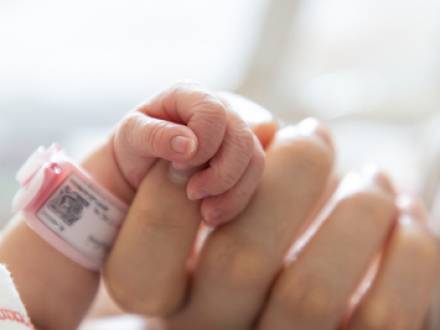 If you have a newborn, your pediatrician, family, and friends will soon be asking about whether your baby smiles yet, can hold her or his head up independently, rolls over, or can accomplish many other significant developmental milestones. You probably plan to keep track of the first time these momentous events occur. But what if the anticipated time passes and your baby still cannot sit, stand, walk, or speak?
If you have a newborn, your pediatrician, family, and friends will soon be asking about whether your baby smiles yet, can hold her or his head up independently, rolls over, or can accomplish many other significant developmental milestones. You probably plan to keep track of the first time these momentous events occur. But what if the anticipated time passes and your baby still cannot sit, stand, walk, or speak?
Could these missed milestones indicate a birth injury that went unnoticed until now? Can you still seek compensation? A skilled Chicago, IL birth injury attorney can assess your eligibility for damages and help you pursue the full amount you deserve.
What Kinds of Birth Injuries Can Cause Delayed Development?
There are many birth injuries that can lead to missed developmental milestones, such as:
How Can Improper Fetal Monitoring Lead to Birth Injuries?
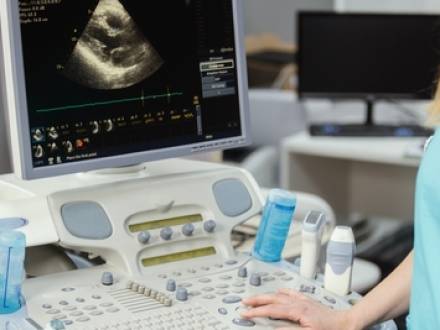 Monitoring a fetus during pregnancy, labor, and delivery can give your medical team advance notice of any problems that arise. Early warning enables the possibility of intervening in many cases, potentially saving the baby from preventable harm or death. Unfortunately, improper monitoring can cause birth injuries that have permanent consequences.
Monitoring a fetus during pregnancy, labor, and delivery can give your medical team advance notice of any problems that arise. Early warning enables the possibility of intervening in many cases, potentially saving the baby from preventable harm or death. Unfortunately, improper monitoring can cause birth injuries that have permanent consequences.
What kinds of fetal monitoring are standard practice? What birth injuries could result from improper monitoring? If you believe your child was harmed by improper fetal monitoring, a knowledgeable Chicago, IL birth injury attorney can help you get the compensation you deserve.
What Types of Fetal Monitoring Should Be Performed?
Fetal monitoring is used to assess the growth and health of a fetus. While it should be performed for all pregnancies, fetal monitoring is particularly important in a high-risk pregnancy, for example when a mother has gestational diabetes, preeclampsia, or other serious risk factors. Along with giving advance notice of fetal distress, monitoring can also help avoid unnecessary treatments.
Are Common Birth and Maternal Injuries Preventable?
 Childbirth and welcoming a new baby into the world can be a joyous occasion. Unfortunately, mothers and infants can experience injuries during pregnancy, labor, or delivery that can darken that joy. While some injuries are unavoidable, many are caused by medical negligence, making them preventable.
Childbirth and welcoming a new baby into the world can be a joyous occasion. Unfortunately, mothers and infants can experience injuries during pregnancy, labor, or delivery that can darken that joy. While some injuries are unavoidable, many are caused by medical negligence, making them preventable.
What are the most common maternal and birth injuries? How do you know if medical negligence was involved? A knowledgeable Cook County, IL birth injury attorney can assess your situation and help you explore your legal options.
What Common Childbirth Issues Can Lead to Injuries?
Healthcare professionals should monitor expectant mothers closely during their pregnancies, looking for potential problems that could endanger them or their unborn babies. As labor begins and progresses, medical providers should remain vigilant, checking for fetal distress and maternal issues. Common problems that occur during childbirth include:
If Pitocin Misuse Harmed Me or My Child, Can I Sue?
 Expectant mothers today can schedule childbirth, either by C-section or labor induction using Pitocin. This synthetic hormone, which is similar to naturally produced oxytocin, may also be used if a mother’s labor is not progressing as it should. When administered correctly, Pitocin is a valuable aid. However, Pitocin misuse can severely harm both mother and child.
Expectant mothers today can schedule childbirth, either by C-section or labor induction using Pitocin. This synthetic hormone, which is similar to naturally produced oxytocin, may also be used if a mother’s labor is not progressing as it should. When administered correctly, Pitocin is a valuable aid. However, Pitocin misuse can severely harm both mother and child.
What complications can Pitocin cause? How do I know if my or my child’s birth injuries were caused by Pitocin misuse? Working with a competent Chicago, IL birth injury lawyer greatly increases your chances of a successful outcome for your compensation claim.
How Is Pitocin Supposed to Work?
A mother’s body produces a hormone called oxytocin during labor to help her prepare for delivery. This hormone causes and increases the intensity of contractions. Administered through an IV, Pitocin is a drug that performs similar functions. Pitocin encourages the mother’s body to produce natural contractions through uterine stimulation.
What If My Doctor Does Not Recognize Rh Incompatibility?
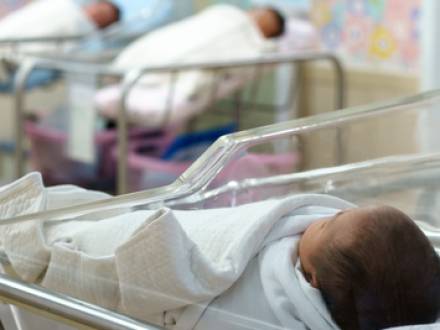 You might be aware that if you need a blood transfusion, your blood type needs to be matched to ensure that your body will accept the new blood. Along with the major blood groups A, B, AB, and O, the Rh factor must also be considered. Your Rh factor is either positive or negative, and a transfusion of the wrong kind of blood can cause severe issues. During pregnancy, the mother’s and baby’s blood usually remain separated, but they could be mixed in some circumstances.
You might be aware that if you need a blood transfusion, your blood type needs to be matched to ensure that your body will accept the new blood. Along with the major blood groups A, B, AB, and O, the Rh factor must also be considered. Your Rh factor is either positive or negative, and a transfusion of the wrong kind of blood can cause severe issues. During pregnancy, the mother’s and baby’s blood usually remain separated, but they could be mixed in some circumstances.
What if a mother’s blood is Rh-negative, but her unborn child has a positive Rh factor? Can the fetus suffer harm? Could those birth injuries be prevented? If your child was harmed because your doctor did not identify and treat Rh incompatibility, your knowledgeable Chicago, IL birth injury lawyer can help you get the compensation you deserve.
What Birth Injuries Can Lead to Cerebral Palsy?
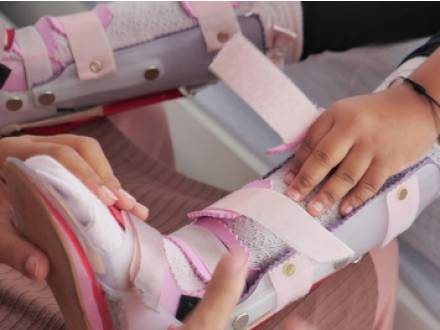 Did you know that cerebral palsy (CP) is the leading cause of U.S. childhood disabilities? CP is an umbrella term for various neurological disorders that inhibit muscle coordination and control, affecting body movement to varying degrees. Children with CP are permanently disabled, although these conditions do not worsen as time passes. The severity of cerebral palsy varies, from causing minor issues to requiring life-long specialized care.
Did you know that cerebral palsy (CP) is the leading cause of U.S. childhood disabilities? CP is an umbrella term for various neurological disorders that inhibit muscle coordination and control, affecting body movement to varying degrees. Children with CP are permanently disabled, although these conditions do not worsen as time passes. The severity of cerebral palsy varies, from causing minor issues to requiring life-long specialized care.
Some cases of cerebral palsy are due to natural causes, such as maternal infections during pregnancy and genetic abnormalities. However, in many cases, cerebral palsy is due to a birth injury. Doctors and other medical professionals can be held accountable with the assistance of an experienced Cook County, IL birth injury attorney.
Is Fetal Death in a Multiple Pregnancy Medical Malpractice?
 Whether they occur naturally or with reproductive assistance, multiple pregnancies are more common than you might think. Twins, triplets, and even more siblings sharing a womb have known risks that the mother’s healthcare provider should be aware of. Some fetal deaths are not preventable, but others are caused by negligent doctors and midwives who can also harm a surviving fetus.
Whether they occur naturally or with reproductive assistance, multiple pregnancies are more common than you might think. Twins, triplets, and even more siblings sharing a womb have known risks that the mother’s healthcare provider should be aware of. Some fetal deaths are not preventable, but others are caused by negligent doctors and midwives who can also harm a surviving fetus.
If a physician’s negligence harmed you or your children, a compassionate Chicago, IL birth injury attorney can help you hold him accountable. Medical malpractice cases are complex, requiring in-depth knowledge and skill. Call today to arrange your complimentary case review.
Understanding the Risks of Multiple Pregnancies
Mothers who are expecting multiple births have an increased risk of developing complications that could harm them or their babies, such as:
If Premature Birth Harmed My Child, Can I Sue?
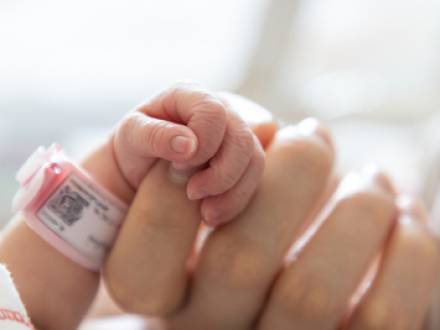 The length of a human pregnancy is measured in weeks. A birth between 37 and 40 weeks is considered full-term, and births occurring at less than 37 weeks are deemed premature. A baby’s body continues developing throughout the entire pregnancy, and premature birth can result in multiple health issues due to underdeveloped organs and systems. Physicians may be able to delay a birth to give the baby more time in the womb.
The length of a human pregnancy is measured in weeks. A birth between 37 and 40 weeks is considered full-term, and births occurring at less than 37 weeks are deemed premature. A baby’s body continues developing throughout the entire pregnancy, and premature birth can result in multiple health issues due to underdeveloped organs and systems. Physicians may be able to delay a birth to give the baby more time in the womb.
What if my doctor did nothing to prevent premature birth? What kinds of health issues do premature babies experience? A knowledgeable Chicago, IL birth injury lawyer from Birth Injury Law Alliance, Ltd. can assess your situation and help you explore your legal options.
Preterm Birth Rates and Statistics
According to the Centers for Disease Control and Prevention, 10.4 percent of babies born in the U.S. in 2022 were premature, representing a 1 percent decrease from 2021. The instances of Black women experiencing premature birth in 2022 were around 50 percent higher than Hispanic or White women:





